Bert M. Kampes140204576X, 9781402045769, 9781402047237
Table of contents :
Contents……Page 7
Preface……Page 10
Audience……Page 11
Acknowledgments……Page 12
Summary……Page 14
1 Introduction……Page 16
1.1 Objectives……Page 17
1.2 Outline……Page 18
2.1 The reference PS technique……Page 20
2.1.1 Interferogram formation……Page 21
2.1.2 Differential interferogram formation……Page 22
2.1.3 Preliminary estimation……Page 24
2.1.4 Final estimation……Page 29
2.2 Potential improvements……Page 30
2.2.1 Functional model……Page 32
2.2.2 Stochastic model……Page 40
3.1 The LAMBDA method……Page 46
3.2 Application of the LAMBDA method……Page 48
3.3.1 The bootstrap estimator……Page 51
3.3.2 Reduction of the numerical complexity……Page 52
3.3.3 Choice of the base functions……Page 53
3.4 Validation……Page 54
4 The STUN Algorithm……Page 58
4.1 Three dimensional phase unwrapping……Page 60
4.2 Pixel selection……Page 62
4.3 Variance component estimation……Page 69
4.4 Reference network computation……Page 70
4.4.1 Construction of the reference network……Page 71
4.4.2 Spatial integration of estimated difference parameters……Page 72
4.4.3 Identification of incorrect estimates and incoherent points……Page 73
4.5 Estimation of points relative to the reference network……Page 79
4.6 Final estimation……Page 81
5.1 Simulation scenarios……Page 85
5.2 Random noise……Page 86
5.3 Atmospheric phase……Page 89
5.4 DEM error and displacement signal……Page 94
5.4.1 Estimation using the correct base functions……Page 95
5.4.2 Estimation using a linear displacement model……Page 98
5.5 Conclusions……Page 99
6 Real Data Processing……Page 101
6.1 Berlin……Page 102
6.1.1 Data availability……Page 103
6.1.2 Reference processing……Page 104
6.1.3 Sensitivity to algorithm settings……Page 112
6.1.4 Cross-comparison between adjacent tracks……Page 124
6.2 Las Vegas……Page 133
6.2.1 Data availability……Page 134
6.2.2 Estimation of linear displacement……Page 136
6.2.3 Comparison with the reference PS technique……Page 144
6.2.4 Estimation of linear and seasonal displacement……Page 149
6.2.5 ERS–ENVISAT cross interferometry……Page 158
6.3 Conclusions……Page 160
7.1 Conclusions……Page 163
7.2 Recommendations……Page 165
Addenda……Page 168
A.1 The quadratic form of normally distributed observables……Page 169
A.2 Proof of the variance component estimation formula……Page 171
B.1 The Delft method of testing……Page 174
B.2 Selecting the testing parameters……Page 177
C Used SAR Data……Page 182
D.1 Computer environment at the DLR……Page 188
D.2 Specifics of the software……Page 191
D.3 Synopsis of the modules……Page 193
E.1 Introduction……Page 196
E.2 Installation……Page 198
E.3 How to begin……Page 199
B……Page 200
C……Page 201
E……Page 202
G……Page 203
K……Page 204
M……Page 205
S……Page 206
U……Page 207
Z……Page 208
About the Author……Page 209
Nomenclature……Page 210
B……Page 216
G……Page 217
P……Page 218
S……Page 219
Z……Page 220
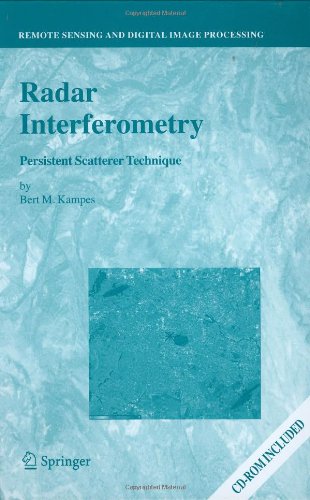
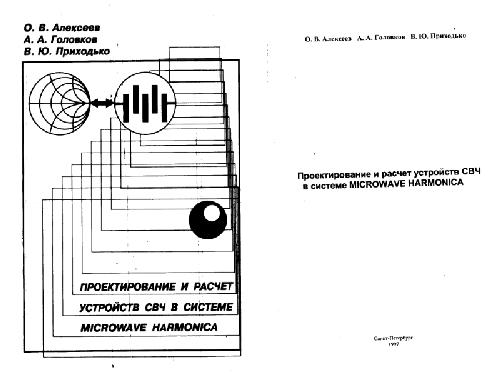
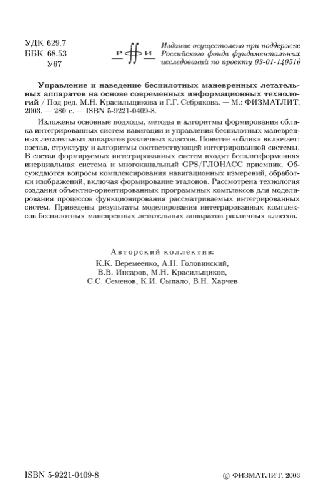

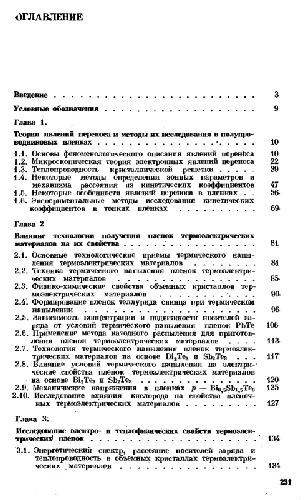
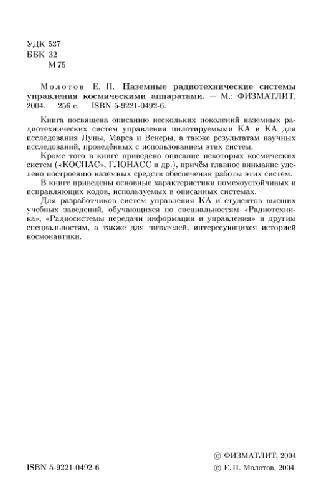
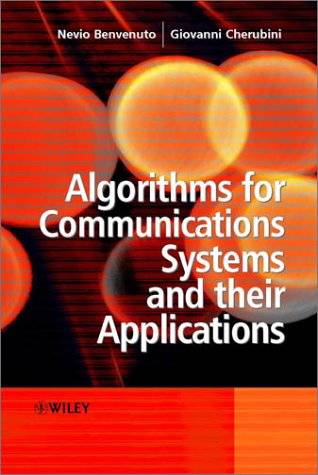
Reviews
There are no reviews yet.